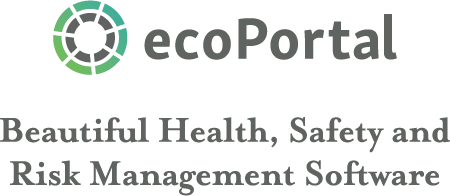
The Gift of Bad News
By NZISM Master account
19/07/2023

As members of the health and safety community our organisations face numerous challenges when it comes to maintaining a safe and healthy work environment. We know it’s important to celebrate successes and accomplishments, and many of us do this very well. However, it is equally crucial to pay attention to bad news and negative feedback. It can be an uncomfortable and challenging experience, but being open and receptive to bad news can assist in improving an organisation's health and safety.
For all of us, our primary goal is to protect the well-being of people and create workplaces with as little risk as possible. Embracing bad news involves acknowledging the presence of those hazards, risks and shortcomings within our organisation, and often within ourselves too. By being open and receptive to negative feedback we have an opportunity to gain valuable insights into areas that need improvement, helping us tackle potential issues before they escalate.
So how might we do this?
In my experience, it’s not a natural state, rather a focused attempt by leaders within an organisation to foster a culture of openness and a no-blame approach to any news. People, whether they be employees or not, must feel comfortable reporting events without fear of reprisal. A culture that embraces bad news demonstrates that the organisation values learning and improvement above all else. This, in turn, empowers people to actively engage in discussion and be proactive in identifying potential risks, whatever they might be.
Learning from mistakes
Rather than attributing blame for accidents or incidents, a receptive approach to bad news focuses on learning from mistakes. Each mishap or near-miss offers an opportunity for improvement. Analysing the root causes of incidents helps identify weaknesses in current safety measures and allows us to develop more effective strategies. This continuous learning process strengthens our overall health and safety practices.
Preventing future incidents
Being receptive to bad news enables us to be proactive in preventing future incidents. When employees report potential hazards or express concerns, it grants us the chance to address these issues promptly. By taking action early on, we can mitigate risks, safeguard our workforce, and avoid costly disruptions to our operations.
Boosting employee morale and trust
A receptive attitude towards bad news instills trust and confidence in the organisation's leadership. Employees feel heard and valued, knowing that their well-being is genuinely a top priority. This fosters a positive work environment, where team members are more likely to engage actively in safety initiatives and take ownership of their own wellbeing.
Driving continuous improvement
Incorporating bad news into our health and safety strategies reinforces the concept of continuous improvement. Regularly assessing our safety programmes, seeking feedback, and implementing changes based on lessons learned keep us at the forefront of best safety practices. Embracing bad news helps us stay adaptive and resilient in the face of evolving risks.
Conclusion
As health and safety professionals, we must embrace bad news as a means to enhance our organisation's overall health and safety performance. By cultivating a culture of openness, learning from mistakes, and proactively addressing concerns, we pave the way for a safer and healthier workplace. Embracing bad news is not a sign of weakness; instead, it is a testament to our commitment to the wellbeing of our employees and the success of our organisation. Let us all strive to be more receptive to bad news and continue our journey towards a safer, healthier and more prosperous future.
Ngā mihi,
Robyn Bennett
NZISM President
